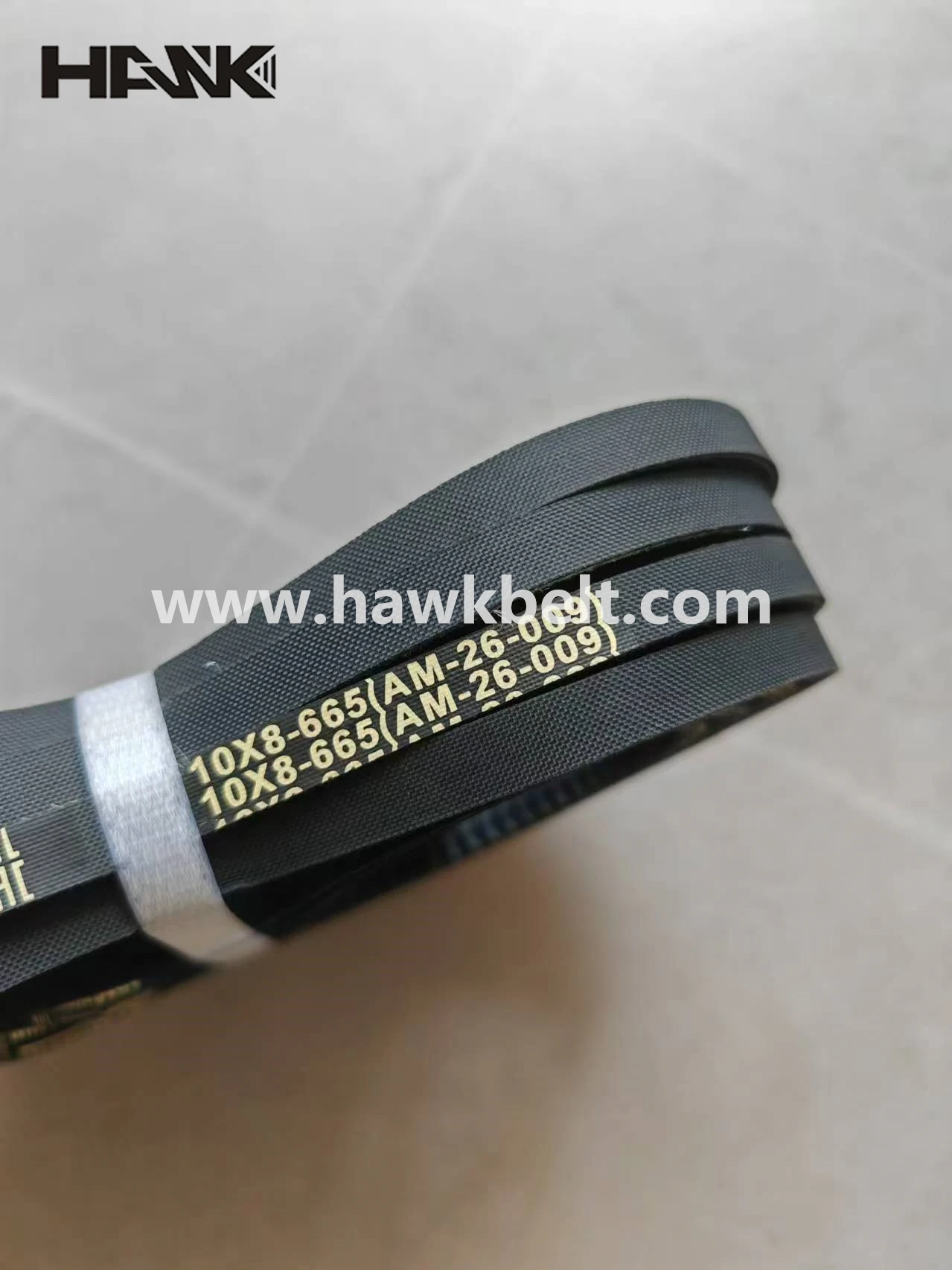- Arabic
- French
- Russian
- Spanish
- Portuguese
- Turkish
- Armenian
- English
- Albanian
- Amharic
- Azerbaijani
- Basque
- Belarusian
- Bengali
- Bosnian
- Bulgarian
- Catalan
- Cebuano
- Corsican
- Croatian
- Czech
- Danish
- Dutch
- Afrikaans
- Esperanto
- Estonian
- Finnish
- Frisian
- Galician
- Georgian
- German
- Greek
- Gujarati
- Haitian Creole
- hausa
- hawaiian
- Hebrew
- Hindi
- Miao
- Hungarian
- Icelandic
- igbo
- Indonesian
- irish
- Italian
- Japanese
- Javanese
- Kannada
- kazakh
- Khmer
- Rwandese
- Korean
- Kurdish
- Kyrgyz
- Lao
- Latin
- Latvian
- Lithuanian
- Luxembourgish
- Macedonian
- Malgashi
- Malay
- Malayalam
- Maltese
- Maori
- Marathi
- Mongolian
- Myanmar
- Nepali
- Norwegian
- Norwegian
- Occitan
- Pashto
- Persian
- Polish
- Punjabi
- Romanian
- Samoan
- Scottish Gaelic
- Serbian
- Sesotho
- Shona
- Sindhi
- Sinhala
- Slovak
- Slovenian
- Somali
- Sundanese
- Swahili
- Swedish
- Tagalog
- Tajik
- Tamil
- Tatar
- Telugu
- Thai
- Turkmen
- Ukrainian
- Urdu
- Uighur
- Uzbek
- Vietnamese
- Welsh
- Bantu
- Yiddish
- Yoruba
- Zulu
Օգս . 29, 2024 18:40 Back to list
Timing Belt Teeth - Essential Guide for Performance and Reliability
Understanding Timing Belt Teeth A Crucial Component of Engine Performance
Timing belts are an essential part of an internal combustion engine's mechanism. They play a significant role in synchronizing the rotation of the crankshaft and the camshaft, ensuring that the engine's valves open and close at the correct times relative to the position of the pistons. At the heart of this intricate system lies the timing belt teeth, which provide the necessary grip and alignment for smooth operation.
The Mechanics of Timing Belt Teeth
Timing belt teeth are designed with precision to engage with corresponding gears on the crankshaft and camshaft. This tooth engagement is crucial because it prevents slippage, ensuring that the engine’s timing remains accurate. The design of the teeth can vary significantly, with most timing belts featuring either a notched or a smooth surface. Notched belts are more common as they provide better grip and flexibility, allowing the belt to navigate around pulleys without losing tension.
The correct number of teeth on a timing belt is vital for the engine's performance. Each tooth is part of a meticulously calculated ratio that affects the timing and efficiency of the power stroke in each cylinder. A mismatch in tooth count can lead to timing discrepancies, resulting in poor engine performance, increased emissions, or even engine failure. Therefore, when replacing a timing belt, it is crucial to ensure the new belt has the same tooth count as the original.
Material and Durability
Timing belts are typically made from a composite of rubber and reinforced materials, such as fiberglass or steel, to enhance durability and resistance to wear. This durability is essential since timing belts operate under extreme conditions, including high temperatures and constant tension. Over time, however, even the most robust timing belts can degrade. Factors such as oil leaks, coolant spills, and exposure to high temperatures can cause wear on the belts, leading to fraying or breakage of the teeth.
timing belt teeth

Regular maintenance checks are essential to ensuring the longevity of a timing belt. Mechanics often recommend replacing timing belts at specific mileage intervals, typically every 60,000 to 100,000 miles, depending on the vehicle manufacturer’s guidelines. During replacement, it is also prudent to check adjacent components, such as tensioners and water pumps, as failure in these areas can also lead to timing belt issues.
Importance of Proper Installation
The installation process of a timing belt is crucial to ensure that the teeth align properly with the associated gears. Incorrect installation can lead to improper tension, which may cause the belt to either slip or wear unevenly. This situation can result in severe engine problems, including bent valves or damaged pistons, which can be costly to repair.
To mitigate these risks, it's advisable for car owners to have their timing belts serviced by experienced professionals who understand the complexities of the engine's timing system. They can ensure that the teeth are aligned correctly and that all components are functioning as intended.
Conclusion
Timing belt teeth may seem like a small component in the grand scheme of an engine's operation, but they hold significant importance in maintaining engine performance and reliability. Regular inspection and timely replacement of the timing belt are key to avoiding catastrophic failures. By understanding the role of these teeth, vehicle owners can make informed decisions about their engine maintenance, ultimately leading to a smoother and more reliable driving experience.
-
Korean Auto Parts Timing Belt 24312-37500 For Hyundai/Kia
NewsMar.07,2025
-
7PK2300 90916-T2024 RIBBED BELT POLY V BELT PK BELT
NewsMar.07,2025
-
Chinese Auto Belt Factory 310-2M-22 For BMW/Mercedes-Benz
NewsMar.07,2025
-
Chinese Auto Belt Factory 310-2M-22 For BMW/Mercedes-Benz
NewsMar.07,2025
-
90916-02660 PK Belt 6PK1680 For Toyota
NewsMar.07,2025
-
drive belt serpentine belt
NewsMar.07,2025

